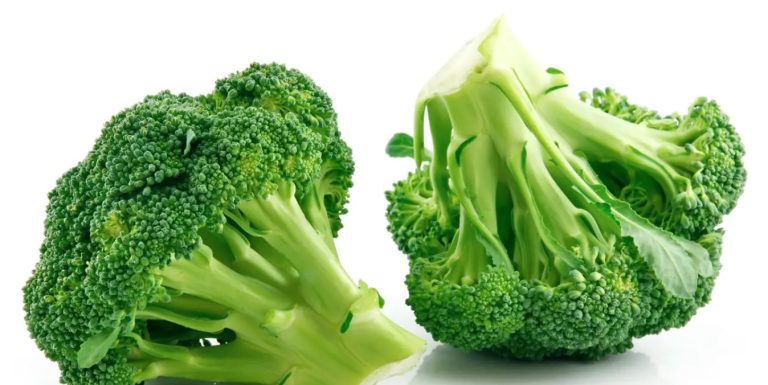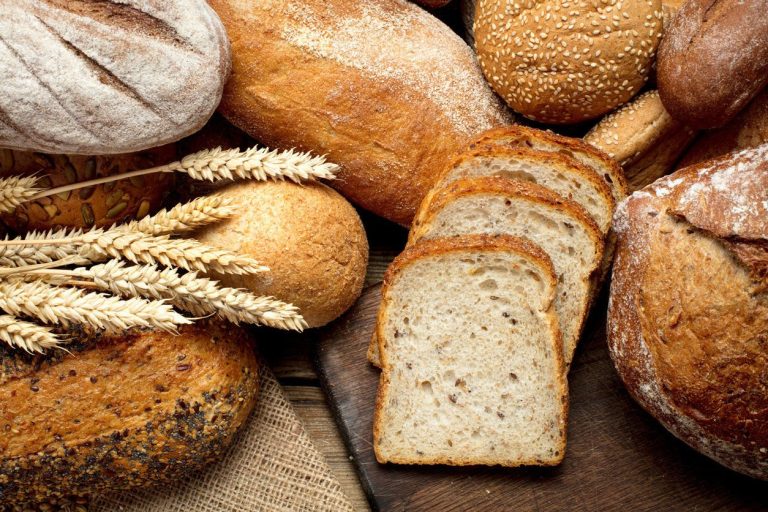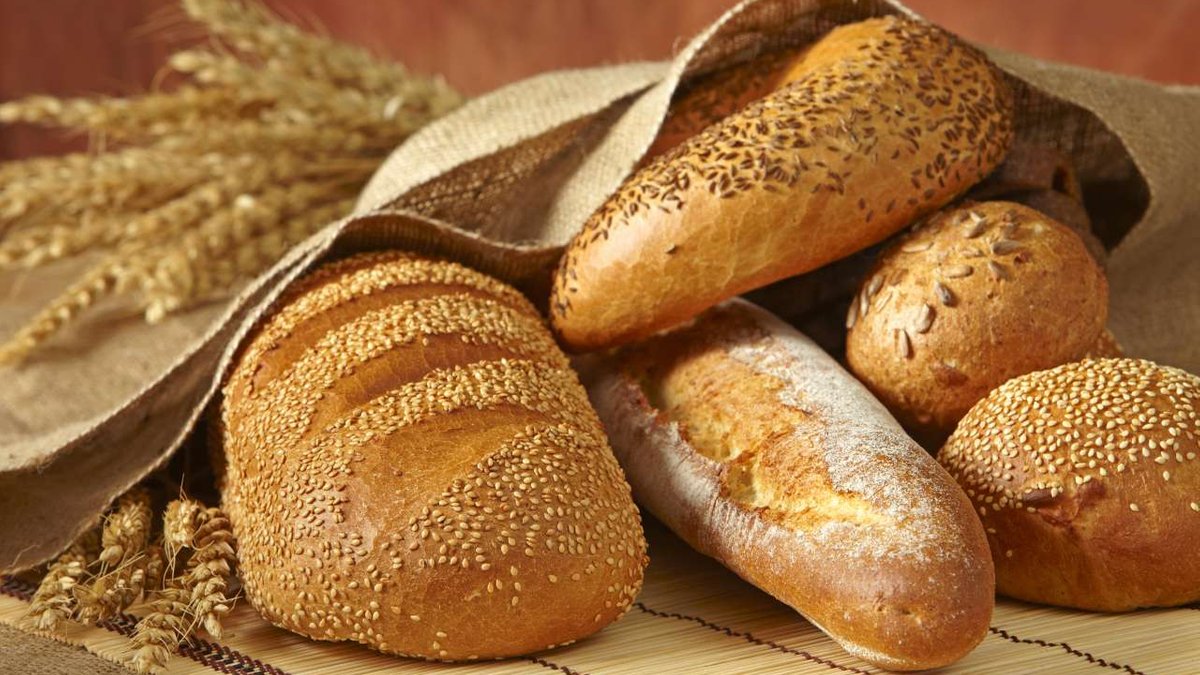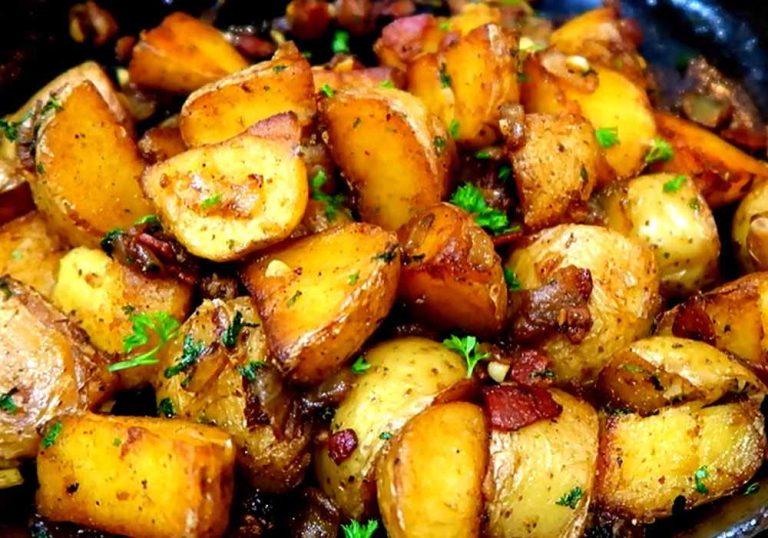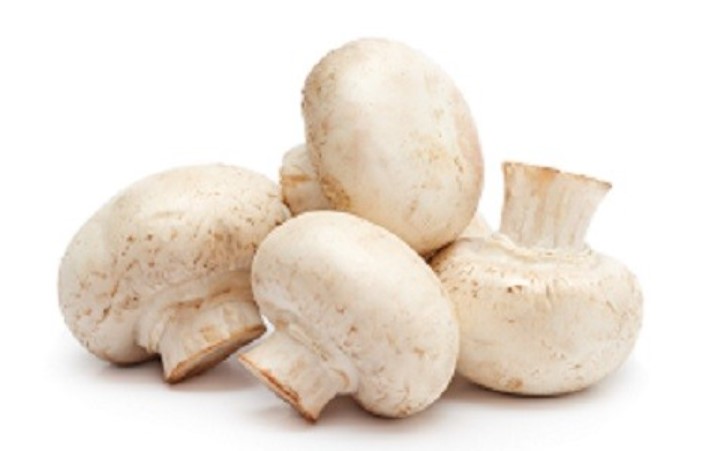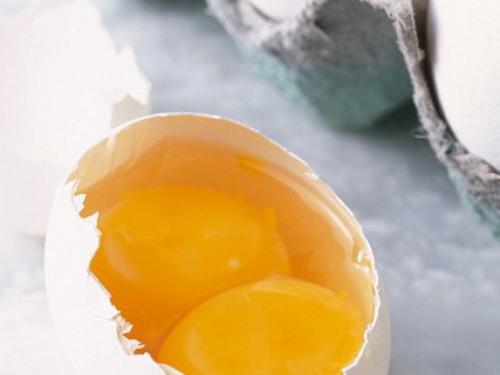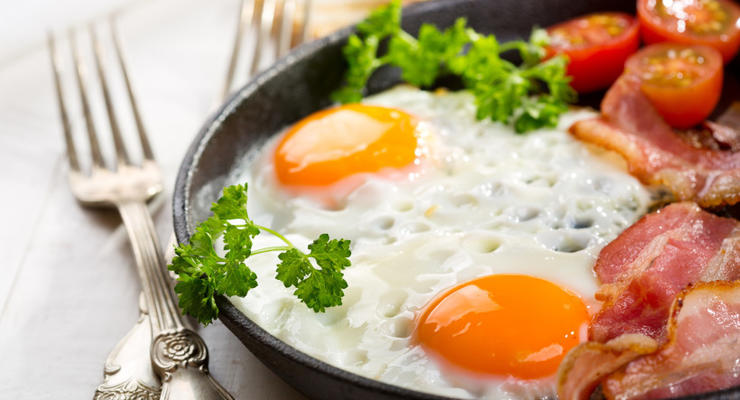If you freeze broccoli, you can still enjoy the summer vegetable in the fall and winter. We’ll show you how it’s done – and tell you the best way to defrost the florets again.
Broccoli is a relative of cauliflower, grown in Europe mainly in Italy. From June to October he is also in season in Germany. The vegetable with the dark green florets is very healthy: broccoli is rich in minerals such as potassium, iron and zinc. It also contains various B vitamins and lots of vitamin C.
Freezing broccoli: How to cook it
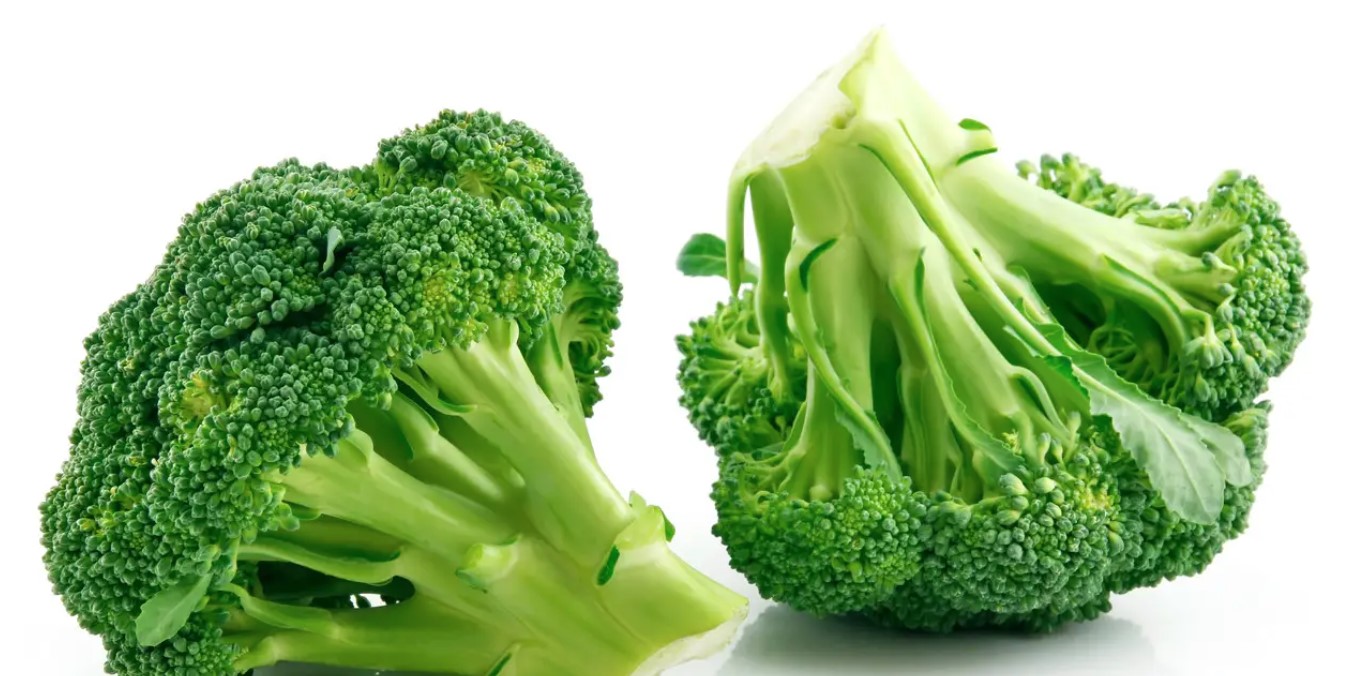
It is best to buy the broccoli at the market during the season, where you can get it unpackaged. The florets should look fresh and green and still be connected. Avoid broccoli that is already bruised or discolored.
At home, wash the broccoli thoroughly, removing the leaves and the woody end of the stalk. Cut the florets into 1-1/2 inch pieces and the stem into 1/4 inch slices.
If you like, you can now put the broccoli pieces in a bowl with water and some lemon juice for five minutes. This is how the broccoli keeps its green color.
Tip: If you buy organic broccoli, you avoid chemical-synthetic pesticides.
Also: If you want to eat the broccoli right away, don’t worry about bruises when you go shopping – they are quickly removed and the vegetables taste just as good.
Blanch the broccoli before freezing
Before freezing, you should blanch the broccoli briefly. Otherwise it will get mushy later when defrosting. Boil a few liters of water in a large saucepan. Place the chopped broccoli in the boiling water for about 2 minutes, then scoop out the pieces with a slotted spoon. Now let the broccoli cool in a colander.
How to freeze broccoli
To freeze the broccoli, fill a freezer container, such as a glass one, and place it in the freezer. The broccoli can be kept for up to a year.
If you later want to thaw the broccoli pieces individually, you should prefreeze them before freezing. Place the broccoli florets a little apart on a board or tray and place in the freezer for half an hour. This will prevent the broccoli pieces from sticking together when you freeze them. You can then freeze them as described above.
Thaw frozen broccoli

There are several ways you can defrost the broccoli:
You can thaw the broccoli at room temperature or in the refrigerator. Depending on the ambient temperature, this can take a few hours.
Broccoli can be thawed much faster in a large pot: Bring water to a boil and blanch the frozen broccoli in it for a maximum of 90 seconds. This also keeps the vegetables nice and crunchy. Attention: For this method you need a large pot with a lot of water so that the liquid does not cool down too much due to the cold broccoli. Caution: Consider whether you can still use the broccoli water after cooking. If not, another method might be more water-efficient.
In the oven, you can defrost and roast the broccoli at the same time. To do this, place the broccoli pieces in a mold, drizzle them with a little olive oil and season with salt and pepper. Then place the mold in the 200 degree oven for 15 minutes.

